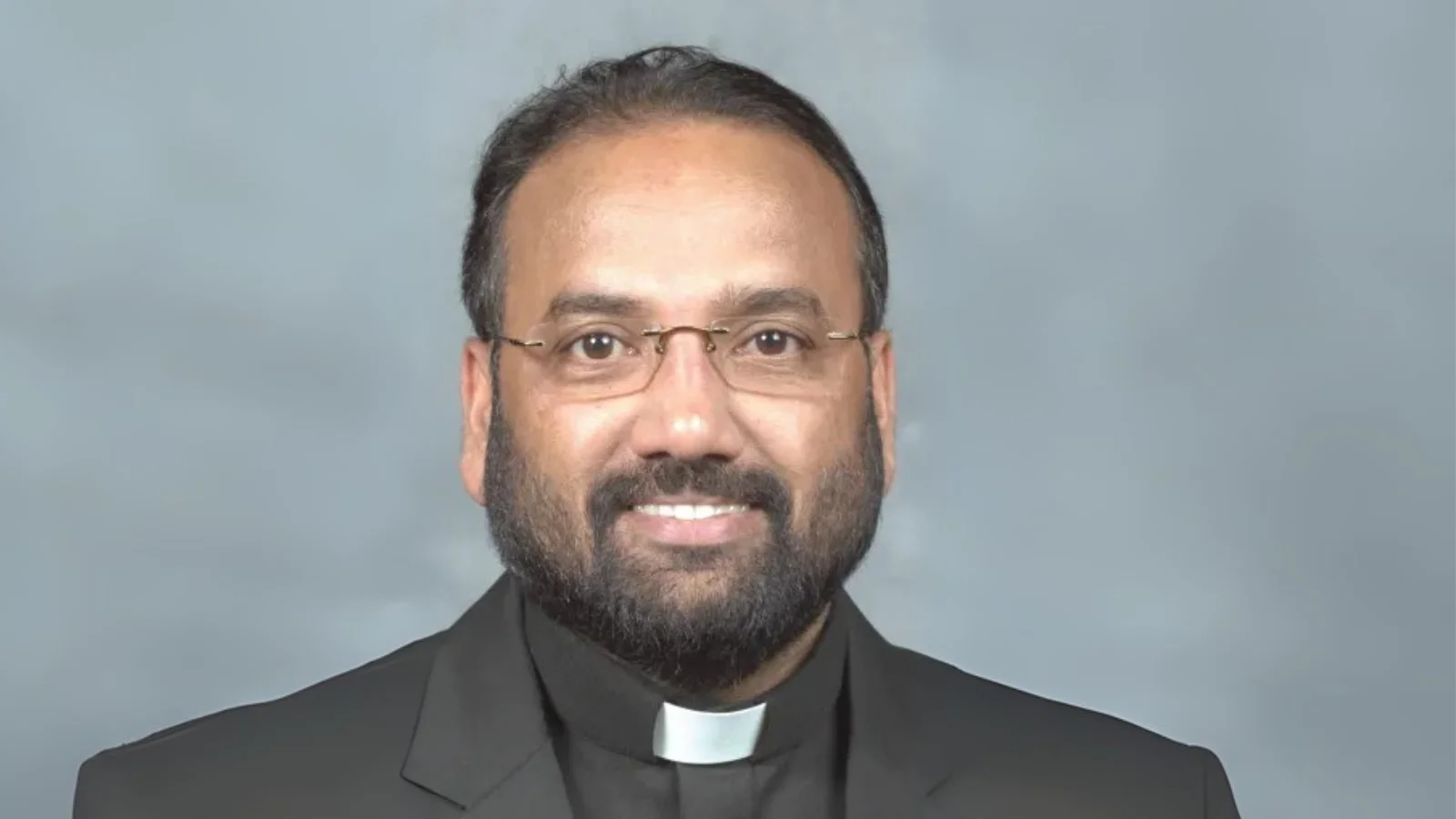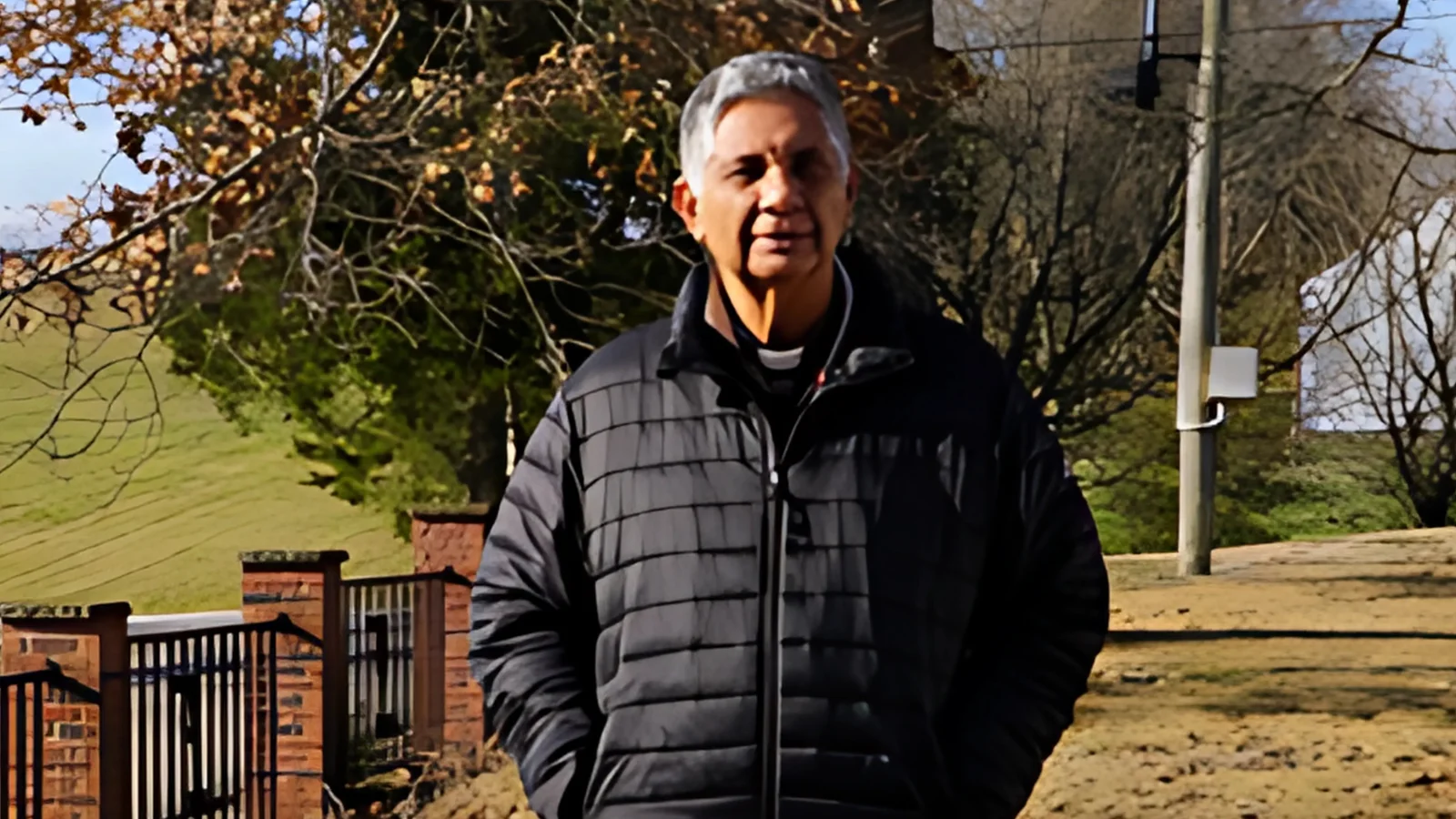
Lisa Correnti Executive Vice President | The Center for Family and Human Rights
International funding from the U.S. Agency for International Development (USAID) has recently been a topic of discussion, but attention is also drawn to the numerous policy documents that guide USAID's daily operations domestically and internationally.
These operations are influenced by a complex network of strategy and policy documents originating from the agency itself, the White House, or in collaboration with other entities, notably the Department of State. New analysis from C-Fam highlights how this framework often aligns with Democratic Party priorities, extending even into Republican administrations.
The number of strategy and policy documents directing USAID’s work has grown to approximately fifty. As the second Trump administration begins, 84 percent of these strategies were crafted or last updated under a Democratic administration, with 24 percent as holdovers from the Obama administration.
Although these policies and strategies lack legal force and only a few result from congressional orders, they still direct specific agency activities within the executive branch. They influence partnerships, grantmaking, and diplomatic priorities projected globally by the U.S., especially in developing countries receiving humanitarian aid.
Under both Obama and Biden administrations, USAID was used to promote controversial gender ideology and language supporting abortion rights like “sexual and reproductive health.” Of surveyed policies, 40 percent included gender ideology language, with some advocating for “comprehensive sexuality education” abroad.
An example is USAID’s gender equality and women’s empowerment policy updated under former President Joe Biden in 2023. It states: “USAID affirms that the promotion of the rights of gender-diverse individuals—those with a gender identity beyond the binary categories of man or woman—is integral to the advancement of gender equality.” It also employs phrases like “sexual and reproductive health and rights,” internationally understood to include abortion as a right.
The first USAID gender policy was launched under Obama in 2012. It was revised in 2020 during Trump’s first administration's final year, drawing criticism from left-leaning activists for removing LGBTQ references, acknowledging non-contraceptive family planning methods, and noting sex-based discrimination can occur before birth. Rewriting this policy was an early priority for Biden's administration.
As these documents can be altered by any presidential administration, their content may change based on election outcomes. However, Republican administrations have shown less skill at using this mechanism to direct government agencies' work. When Trump began his first term in 2017, he inherited numerous USAID policies developed during Obama's terms. At his inauguration, Democrats had drafted 91 percent of USAID’s policy framework; by Biden's inauguration four years later, it had decreased to only 55 percent. Meanwhile, Democratic lawmakers frequently attempt to enshrine these policies into law through bills guiding humanitarian and development assistance.
While Trump's second administration plans extensive changes at USAID beyond updating its policy framework similar documents continue governing other agencies like the Department of State. Incoming Trump appointees might consider redrafting or rescinding strategies left over from previous leaders whose goals do not align with those currently held by President Trump.






 Alerts Sign-up
Alerts Sign-up